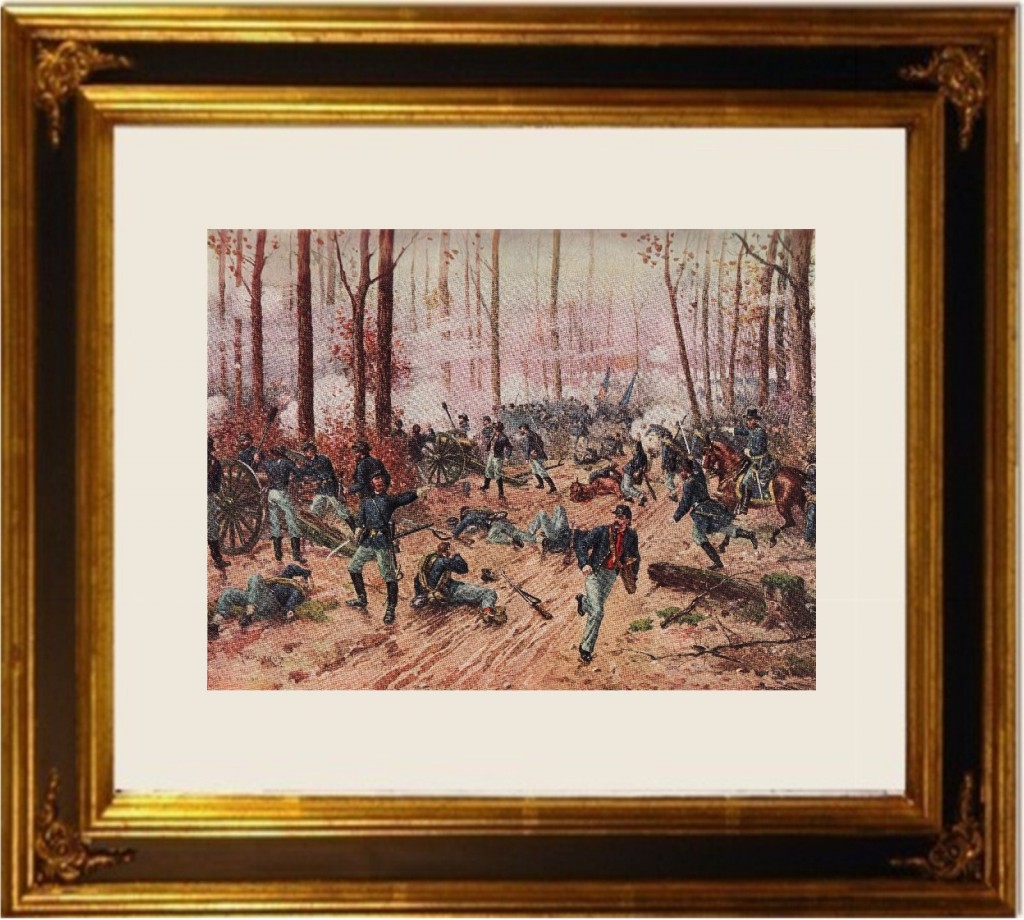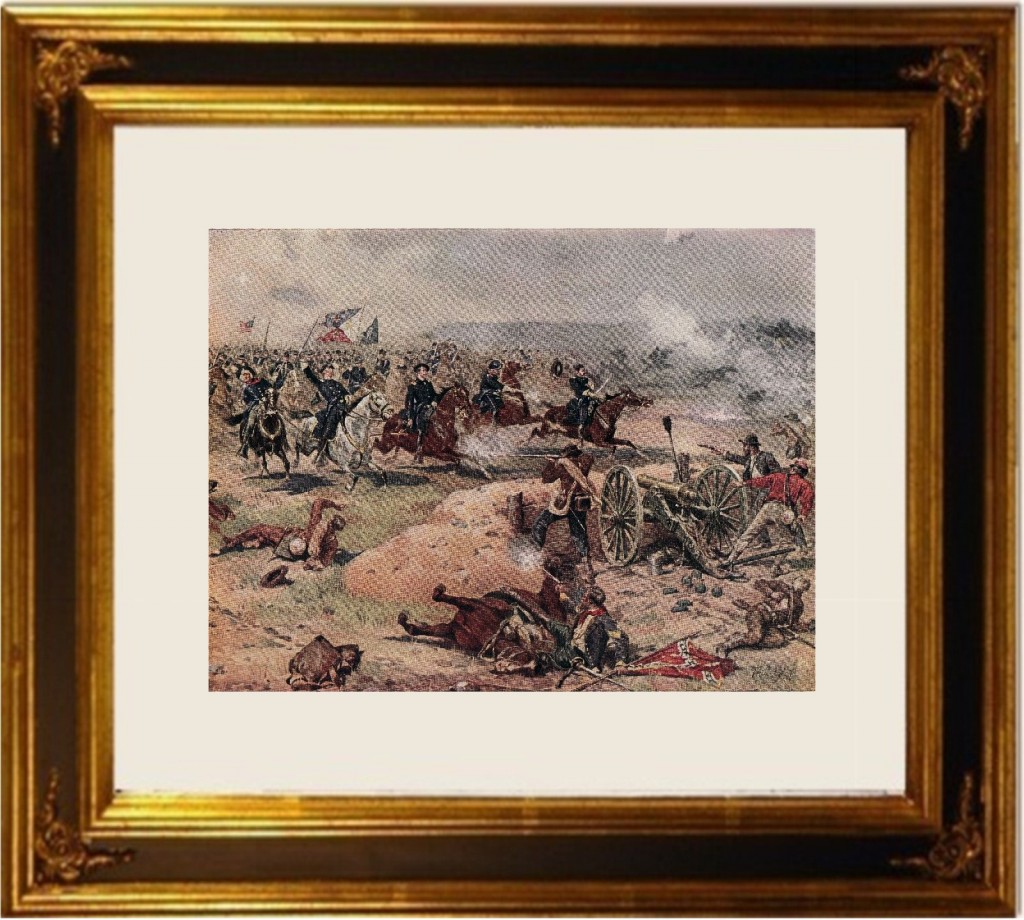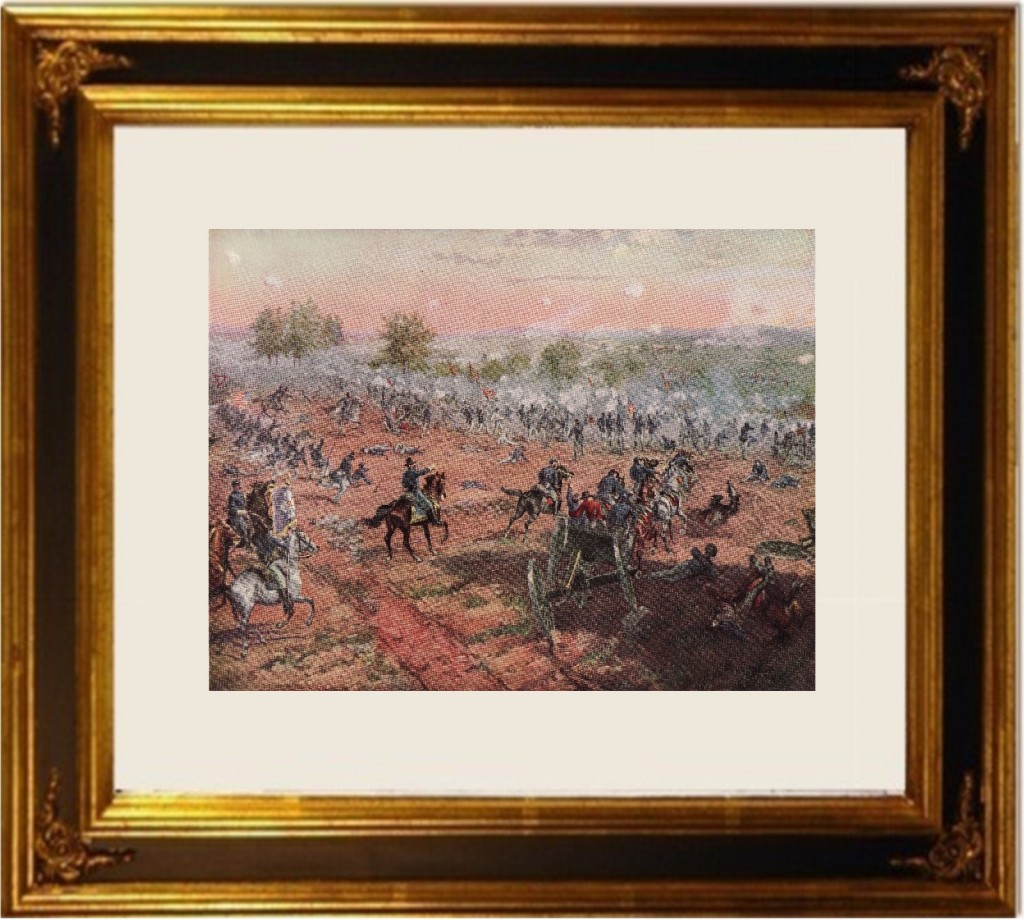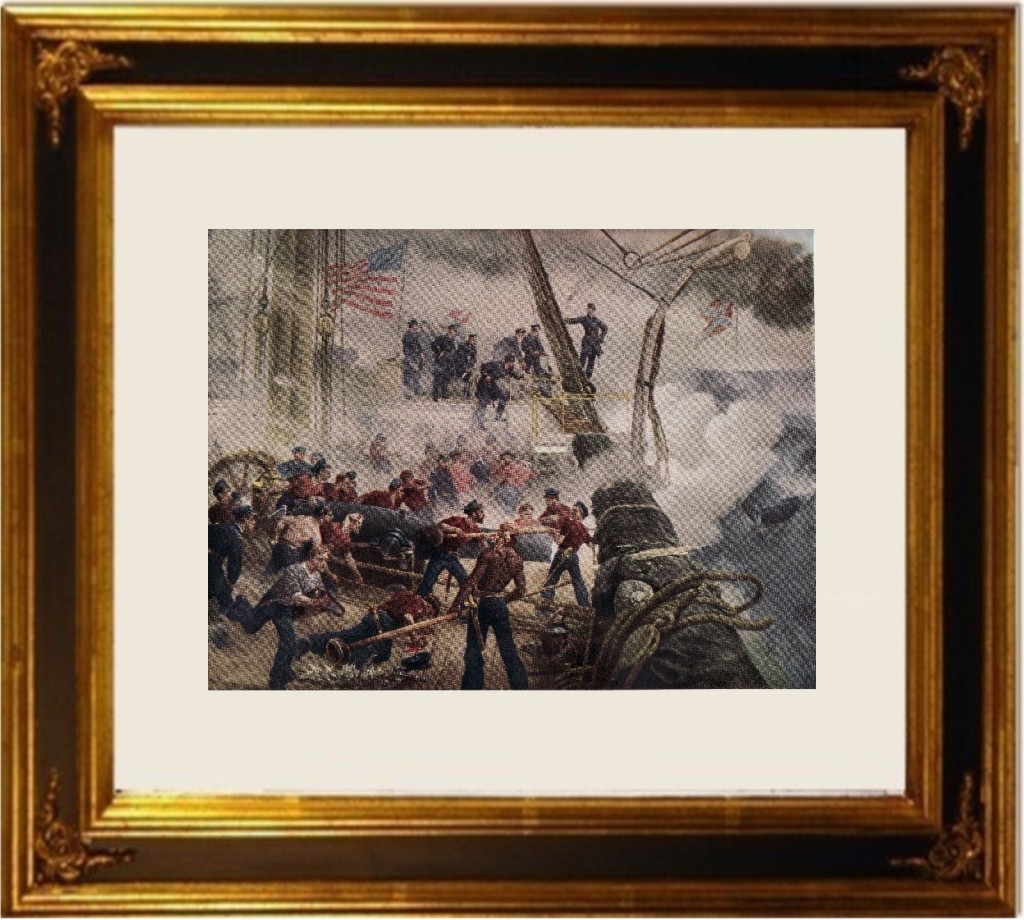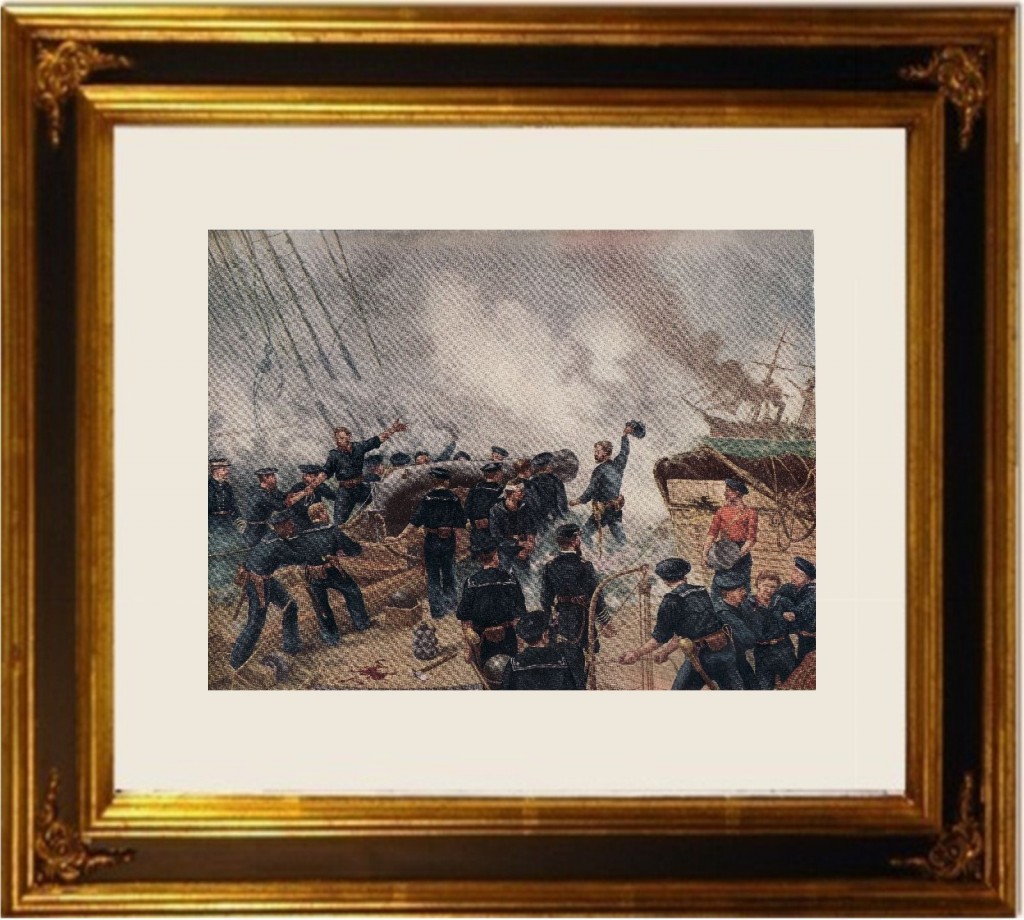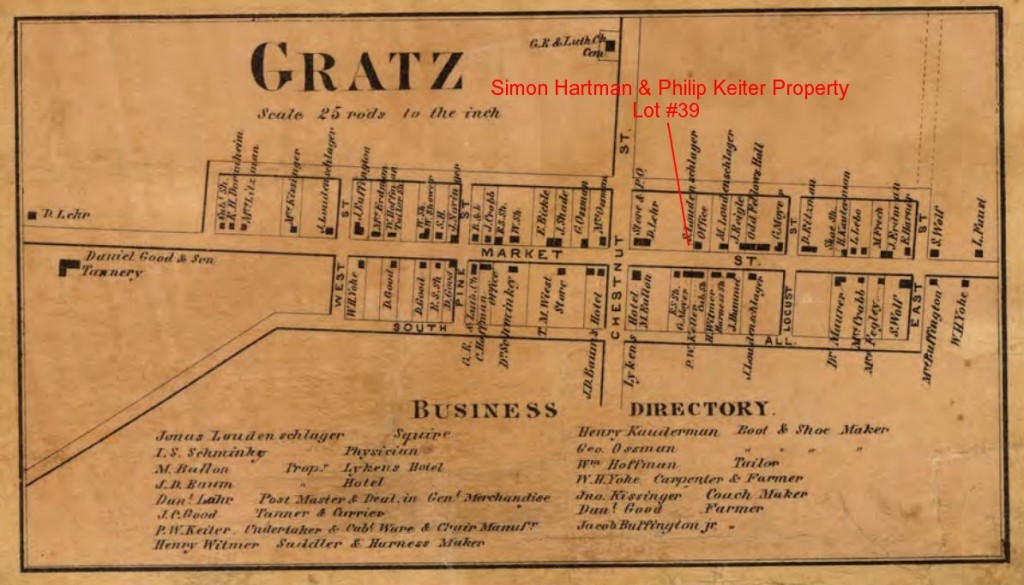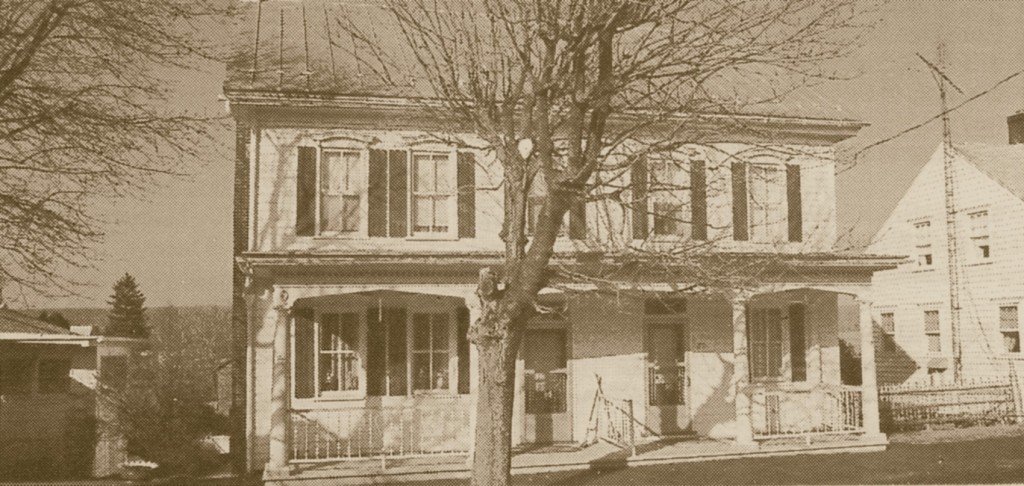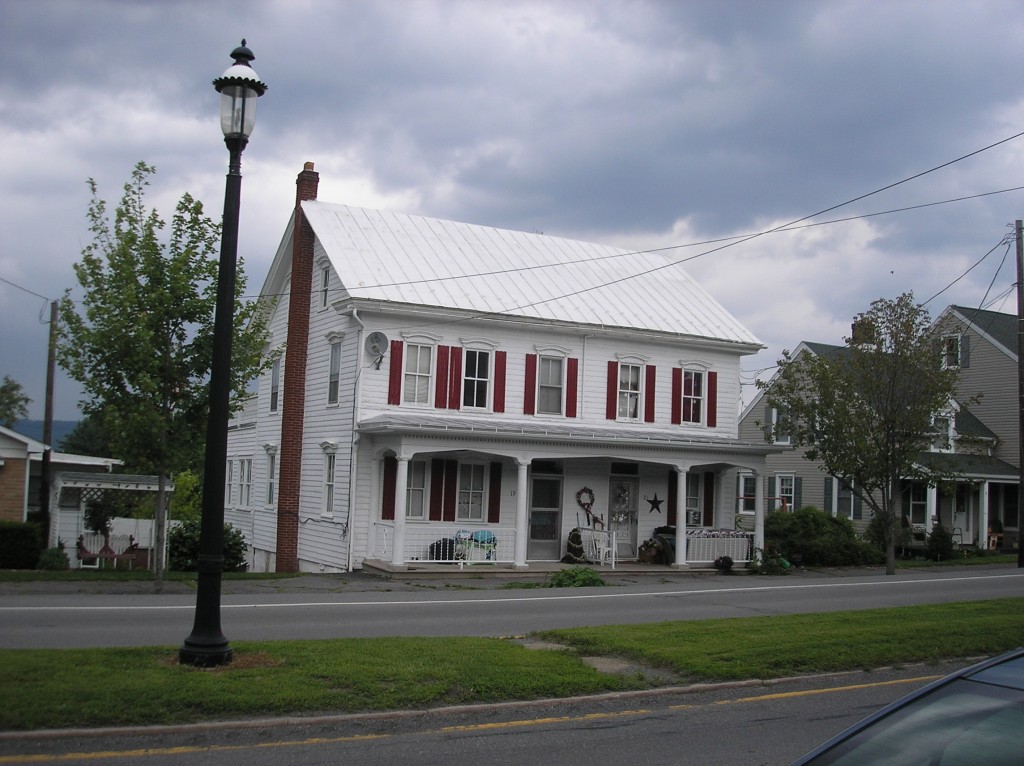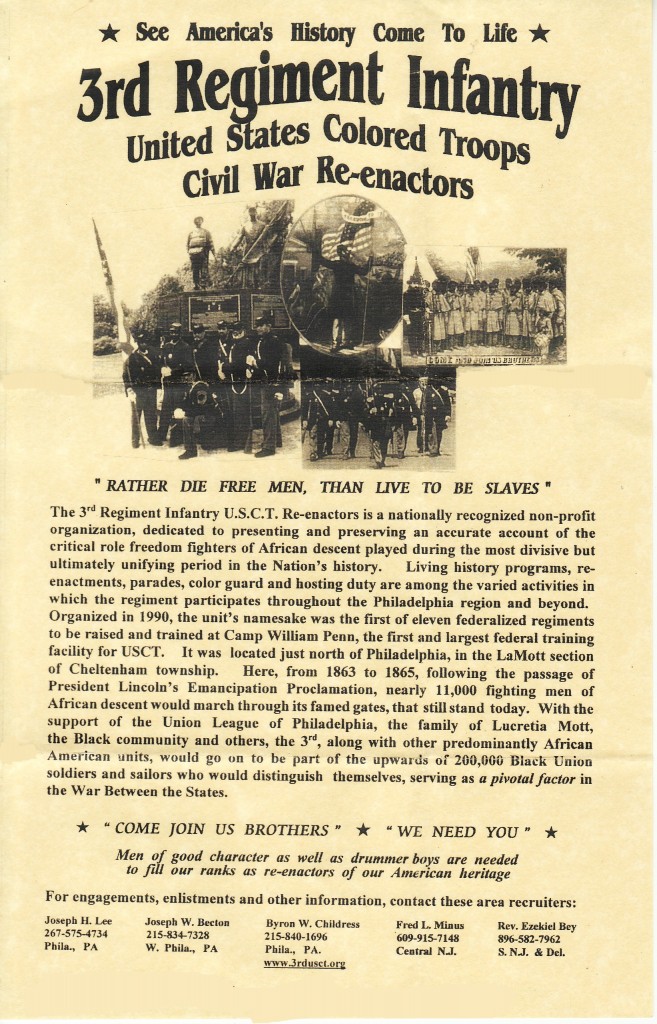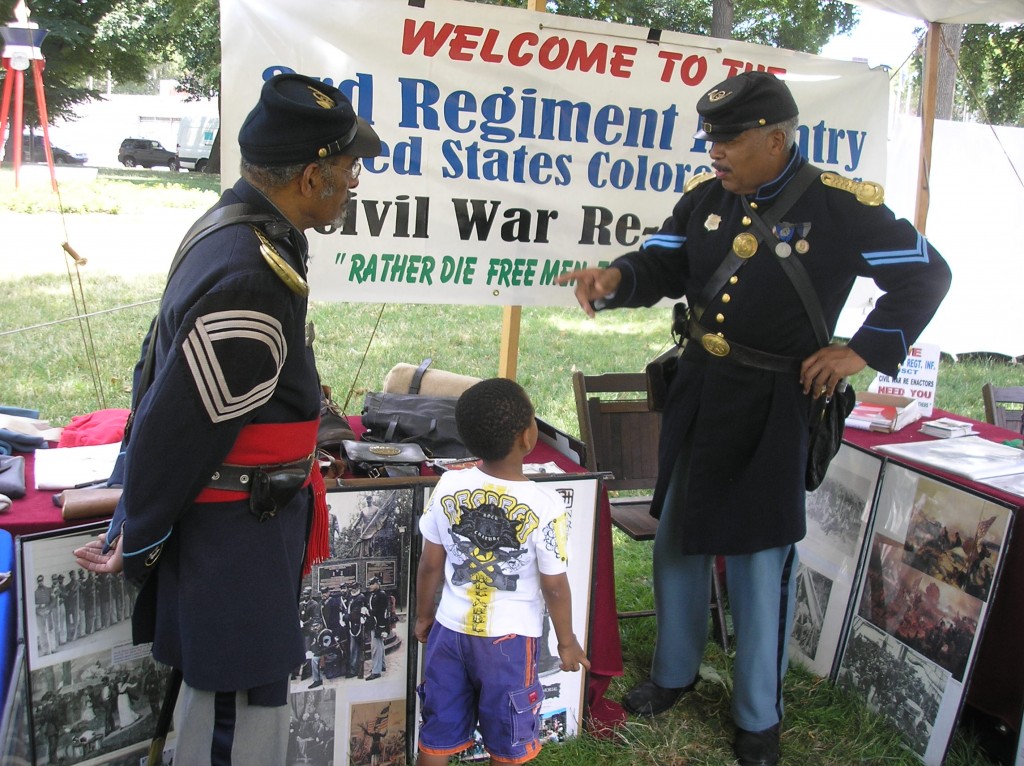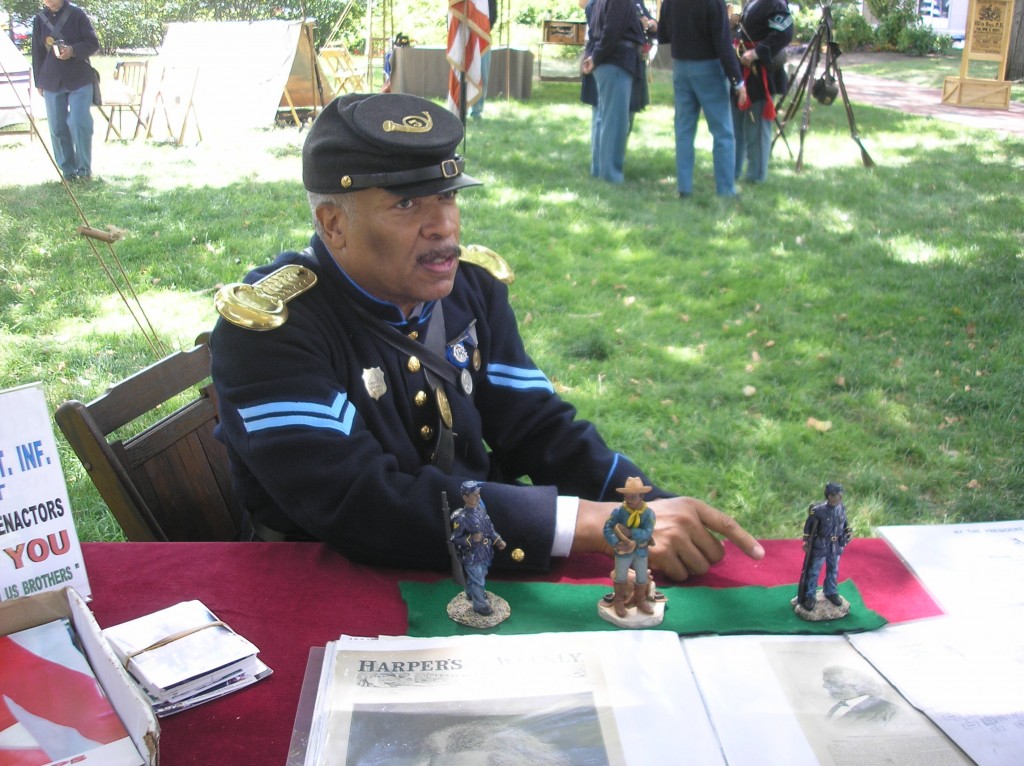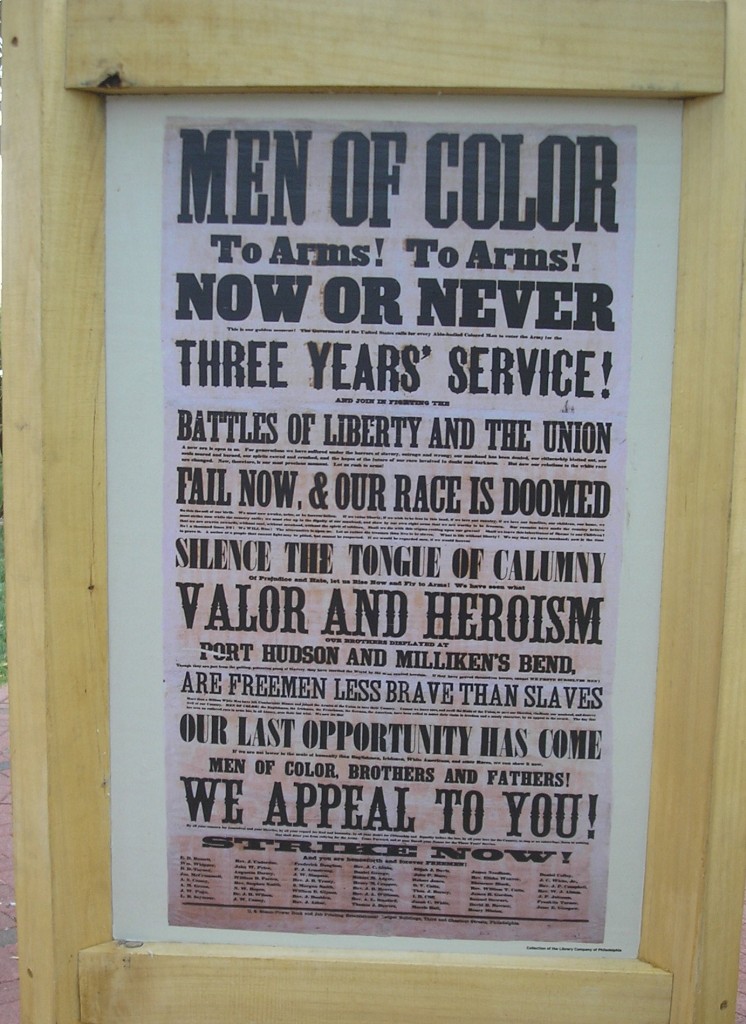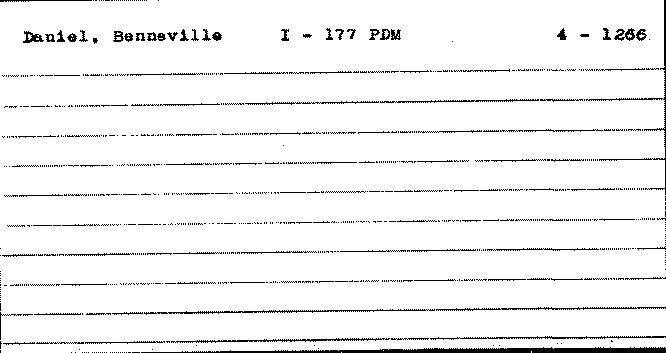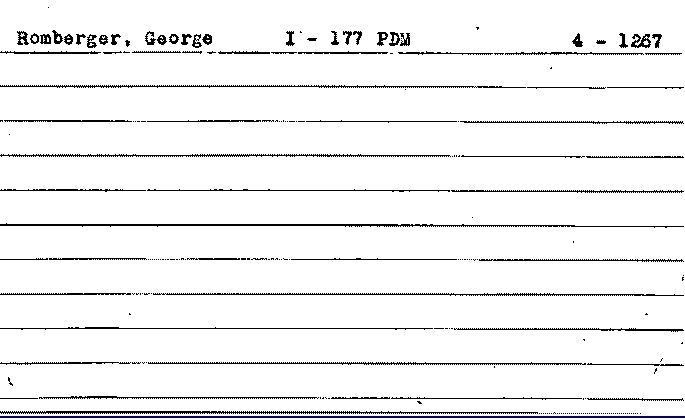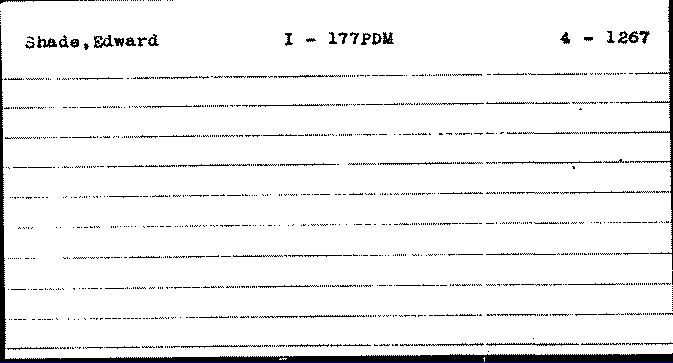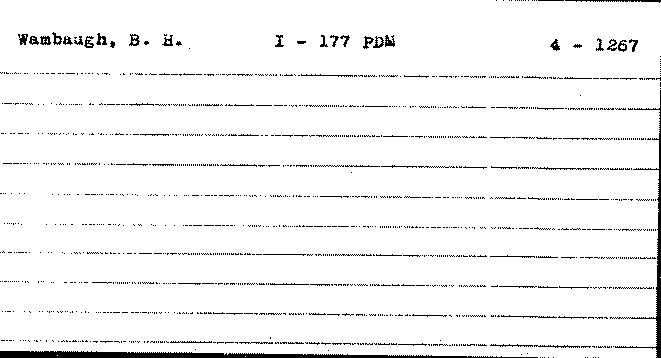Posted By Norman Gasbarro on October 17, 2011
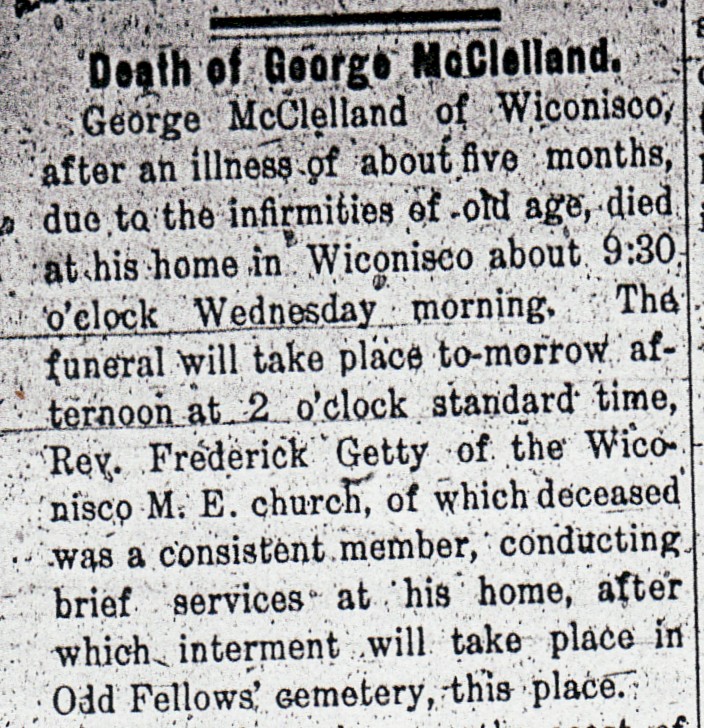
DEATH OF GEORGE McCLELLAND
LYKENS — George McClelland of Wiconisco, after an illness of about five months, due to the infirmities of old age, died at his home in Wiconisco about 9:30 o’clock Wednesday morning. The funeral will take place tomorrow afternoon at 2 o’clock standard time, Rev. Frederick Geddy of the Wiconisco M. E. church, of which deceased was a consistent member, conducting brief services at his home, after which interment will take place in Odd fellows’ cemetery, this place.
Deceased was born on the coast of Scotch bay, along the highlands of Scotland, on the 28 day of July 1821, and came to America about 47 years ago, locating at Wiconisco, where, with the exception of a few years spent in Schuylkill county, he has resided ever since. He was never married, and made his home with his sister, Mrs. Samuel Clark of Wiconisco, up to the time of her death a few years ago, when another sister, Mrs. Elizabeth Kile, a widow residing at Tremont, came to make her home with him.
Mr. McClelland was employed in various capacities at Short Mountain colliery, but principally with the boilers makers, and was on the inside of a boiler at Lykens Valley slope when the explosion of about 15 year ago occurred at that place. he was scalded by the steam from the exploding boiler near by, and suffered intensely for some time. His escape from death at that time was considered miraculous, but was no doubt owing to his shielded position, as another employee, Elias Kocher of Coaldale, was so severly scalded that he died several days afterward.
Mr. McClelland was an honest, upright citizen, and always took a deep interest in religious and benevolent associations. He was a member of Social Lodge, No. 56, I.O.O.F., of Minersville, Wesquenesque Tribe, No. 177, I.O.R.M. of Wiconisco, and Heilner Post No. 132 [sic], G.A.R. of this place, all of which will be represented at the funeral.
To his sister, Mrs. Elizabeth Kile, and his niece, Miss Bessie Neal, who so lovingly attended him during his illness and who so deeply mourn his loss, we extend our sympathies.
The above obituary is from the Lykens Standard of 24 January 1902. A complete copy of the obituary as it appeared in the Lykens Standard is available from the Civil War Research Project.
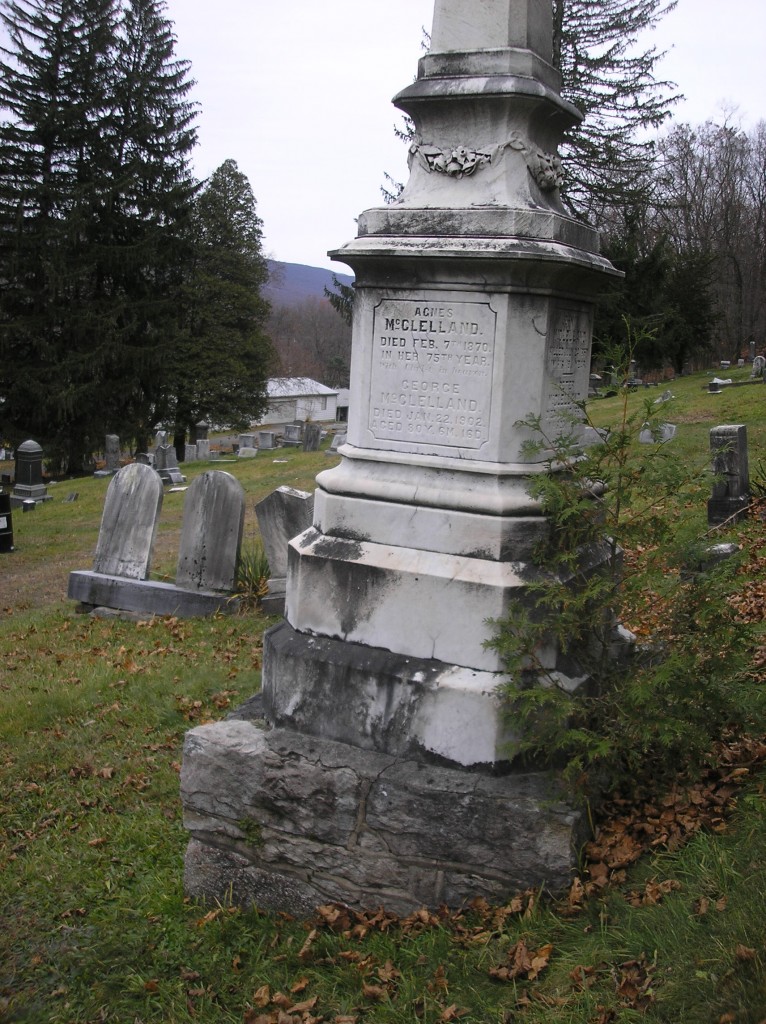
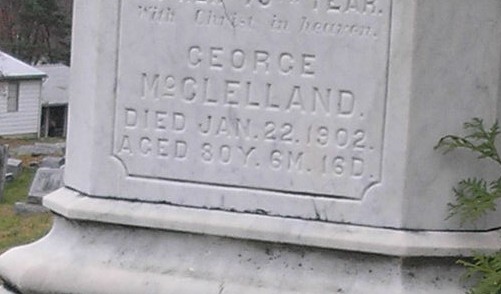
George McClelland died on 22 January 1902 and his grave marker indicates he lived 80 years, 6 months and 16 days. This would indicate a birth date of 6 July 1821, not 28 July 1821 as stated in the obituary. Also, there is an additional stone in the family plot at Odd Fellows’ (I.O.O.F) Cemetery which gives McClelland’s military service. This stone has a birth year of 1833.
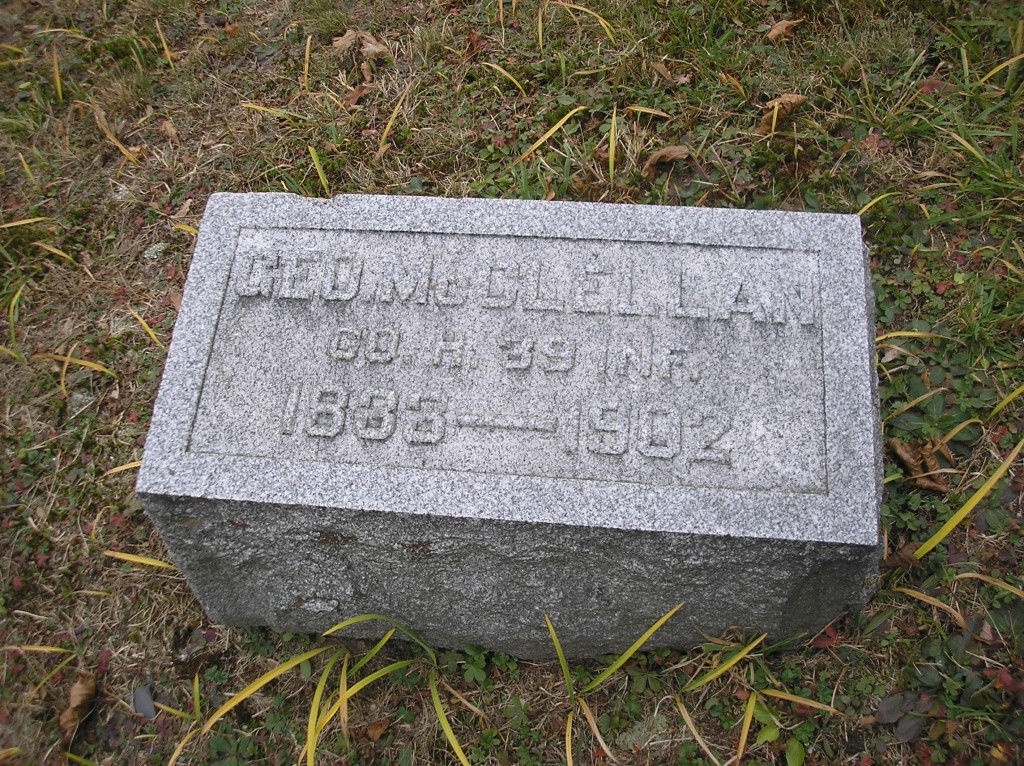
George McClelland served in the 39th Pennsylvania Infantry, Company H, as a Private, for the Emergency of 1863. He was mustered into service on 1 July 1863 and discharged on 2 August 1863, serving for barely more than one month. As such, he was not eligible for a pension, since the requirement of three months was not met and during his short service he sustained no war related disability.
The following history of the 39th Pennsylvania Infantry (Emergency Force) is from the Union Army, Volume 1, page 498:
Early in the summer of 1863, rumors were constantly afloat concerning a threatened invasion of border states by the Confederates and in June two new departments were established by the war department — the Department of the’ Monongahela and the Department of the Susquehanna — in order that the state might be protected from any such movement of the enemy.
Volunteers were called for by Gov. Curtin to serve “During: the pleasure of the president or the continuance of the war.”
Slow to believe that their homes were really endangered, the greatly reduced number of men available for military service hesitated to respond. On June 12, the governor published the notice that the troops requested would be mustered into the service of the United States for six months, or during the existing emergency, as they should themselves elect.
In a short time eight regiments were mustered in for the “emergency” and became the 20th, 26th, 27th, 28th, 28th, 30th, 31st and 33rd emergency regiments. Other companies and organizations volunteered their services and need for them was soon found.
The Confederates had occupied Chambersburg and Gettysburg and when it was discovered that the main body of their forces had actually crossed the Potomac, another proclamation was issued by Gov. Curtin on June 26, calling for 60,000 men at once to be mustered into the state service for a term of 90 days and to be discharged as soon as the danger was over.
To this urgent message twenty-eight regiments responded and were organized in the two departments previously mentioned, at Huntingdon, Reading, Philadelphia and Harrisburg. A force under Gen. Knipe approached Chambersburg, but found it in the hands of the enemy and was obliged to retire gradually before the advance of Johnson’s division of Ewell’s corps.
The Confederates reached Oyster Point, but were withdrawn to Gettysburg on account of the advance of the Army of the Potomac and within a few days was fought the battle of Gettysburg.
A portion of the militia joined the Army of the Potomac in Maryland after the battle, but were soon afterward returned to Harrisburg.
The emergency regiments were mustered out soon after the battle of Gettysburg, the regiments of militia a little later, various duties within the state requiring their services for a short time.
Some were employed at Gettysburg, some at Philadelphia in preserving order, and at other points they rendered valuable service.
Although he was not eligible for a pension, George McClelland was eligible to join the G.A.R. It is noted that the G.A.R. was present at his funeral to offer full military honors. Additionally, McClelland could note his service on a special grave marker – which is found on the ground beneath the main family stone as shown in the picture above.

George McClelland‘s name also appears on the Lykens G.A.R. Monument as a Civil War veteran from the Lykens-Wiconisco area who was a member of the Heilner Post. Note the spelling of his last name – without the “d” ending. The monument spelling is the same as the name appears in the military records as shown on the index card from the Pennsylvania Archives (below) and his military grave marker also uses the same spelling. Military markers, in various styles, were available by applying to the government. The application for this marker was not found in the database “Headstones Provided For Deceased Union Civil War Veterans,” (see Ancestry.com for information on this database) and a possible conclusion would be that the grave marker was provided at the expense of the family – although it is unclear why there is an error in the birth year.
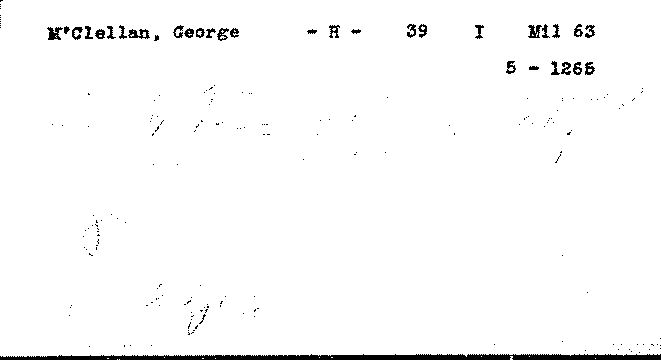
The index card notes the volume and page reference to Bates (5-1265) , the official History of the Pennsylvania Volunteers previously described in a prior post. There is some writing on the card, but it is illegible and did not reproduce on the copies available on-line through the Pennsylvania Archives.
Category: Research, Resources, Stories |
Comments Off on Death of George McClelland
Tags: Andrew Curtin, G.A.R., Lykens Borough, McClelland family, Regiments, Tremont, Wiconisco
 ;
;
